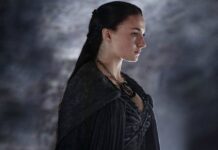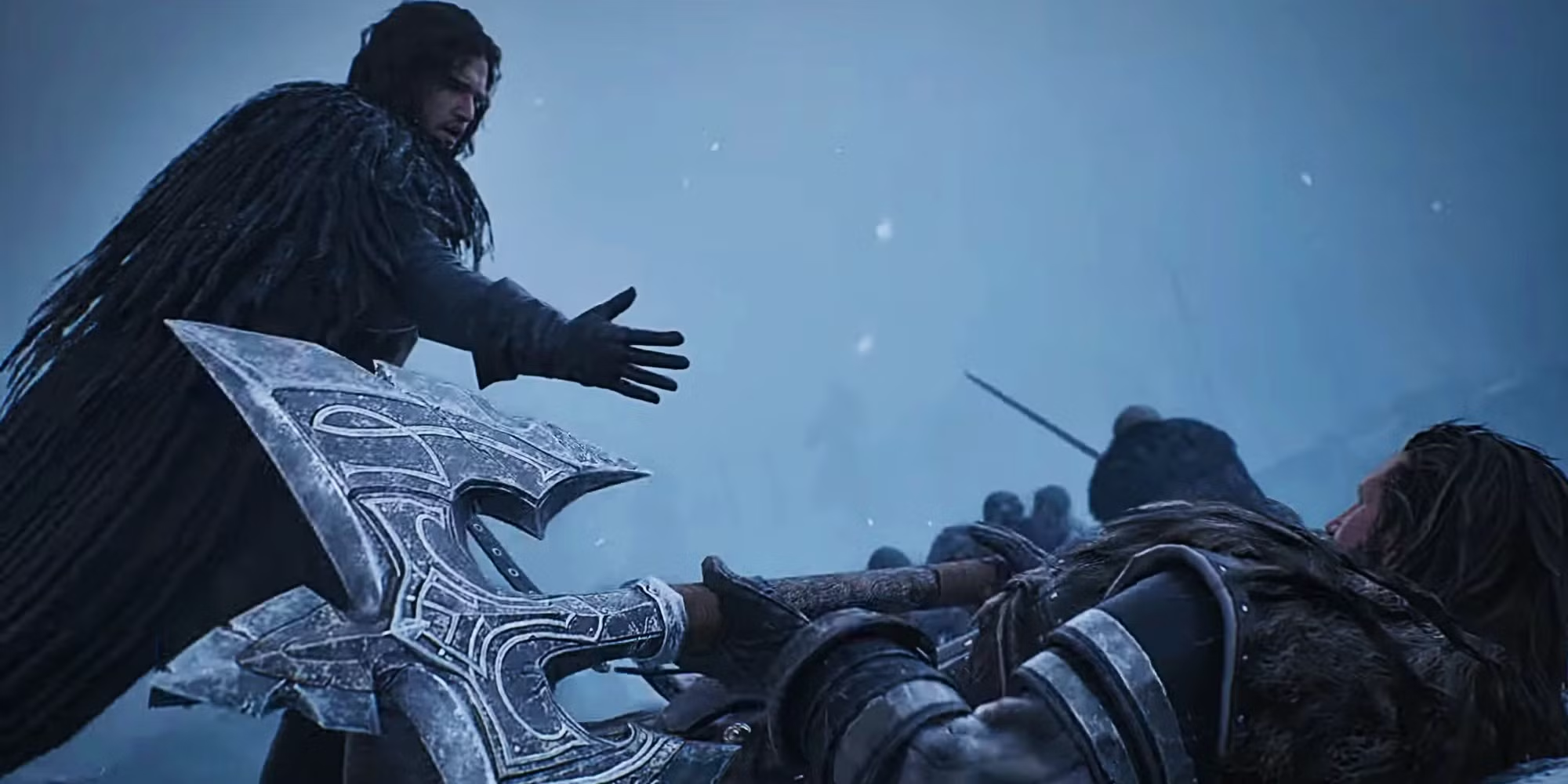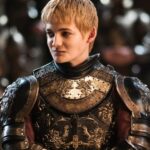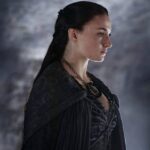
The Hollywood Reporter’s continuing on-set coverage on House of The Dragon wrapped up with discussions on the show’s unconventional structure, enormous sets, George R.R. Martin’s impressions, and much more. Here are the highlights!
HBO content chief Casey Bloys describes what attracted him—and hopefully us—to the project: “I liked the idea of focusing on one family, and obviously the Targaryens have a lot of drama to go around. I also liked the echo of how empires can quickly fall — those are the types of conversations we are having in our own country.”
Deciding how to structure such an evocative story was a bit of a challenge, however. For any of the war to come to make sense, the viewer must know the players—Game of Thrones took the better part of its first season making us know and love the characters before the conflict exploded. It won’t be any different in House of the Dragon. What will be different, however, is that decades will pass throughout this first season, with a prominent “10 year time jump” (among other shorter ones) during which the youngest leads, Emily Carey and Milly Alcock, will be replaced by older versions of their characters played by Olivia Cooke and Emma D’Arcy playing older versions of their characters. This made Bloys nervous, as “it’s hard enough to cast any role, but if you’re casting two characters of different ages, you have to be right four times”. It’s not the most straightforward structure, but according to co-showrunner Ryan Condal it’s “how you tell this story correctly. We’re telling a story of a generational war.”
Much of this generational war will take place in the Red Keep, which is why the set was massively enlarged for this show, and made interconnected. But it’s not just about massive sets and scenic locations: House of the Dragon will also use an “LED video wall”, which you may know better as the Volume or Stagecraft. This technology of real time VFX backgrounds, first perfected for Disney+’s The Mandalorian, is used instead of green screens (which require adding the VFX in post-production). In this case, this tech changed the game for the dragon-flying scenes, as actors are able to see what their characters will be looking at: “From everything I’ve heard, it’s radically different from what people on Thrones had to put up with,” D’Arcy, who plays dragonrider Rhaenyra, says. “I loved it.”
Speaking of loving it, A Song of Ice and Fire author George R.R. Martin has nothing but sweet words for House of the Dragon. It was his pet project, after all. Condal emphasizes Martin’s effusive reaction to first watching the pilot, and the man himself, who’s watched 9 of the season’s 10 episodes, corroborates this: “It’s powerful, it’s visceral, it’s dark, it’s like a Shakespearean tragedy. There’s no Arya — a character everybody’s going to love. They’re all flawed. They’re all human. They do good things. They do bad things. They’re driven by lust for power, jealousy, old wounds — just like human beings. Just like I wrote them.”
This is a refreshing level of enthusiasm and involvement from Martin, who distanced himself from Game of Thrones on the latter half of the original show’s airing to focus on his work. That’s not to say he’s happy with the toxic reactions to the final season, however: “The fucking toxic internet and these podcasts out there saying that season eight left such a bad impression that people say, ‘Oh, I’m never going to watch them again,’” Martin says. “I don’t trust them anymore.”
Finally, according to James Hibberd, though nothing is decided yet, House of the Dragon may only run for three to four seasons… though if it’s succesful, the show may continue and reinvent itself afterwards, telling other tales in the sagas of the Targaryens, under the same banner of House of the Dragon. Sapochnik alludes to this, somewhat enigmatically: “The Targaryens span both directions, so as a spine to other possible stories and spinoffs … this is a great place to start.”
But that’s not all! There is more where this came from at The Hollywood Reporter: Emma D’Arcy, Olivia Cooke, Matt Smith and Paddy Considine discuss their characters; we get to know more about the 17 dragons the season will feature; and the producers discuss how they have tackled sensitive issues for which the original show was criticized, such as its depiction of sexual assault and a lack of diversity.




















![[Book Review] The Blade Itself (The First Law Trilogy) by Joe Abercrombie](https://bendthekneegot.com/wp-content/uploads/2018/01/1516047103_maxresdefault-218x150.jpg)

















